Thinking of Buying in Nice? My Unfiltered Guide to Doing It Right
I’ve been in the real estate game on the French Riviera for well over a decade, and one of my very first sales in Nice taught me a lesson I’ve never forgotten. It was this stunning apartment in the Musiciens quarter, you know, the kind with soaring ceilings and gorgeous original wood floors. The buyer was absolutely smitten. But a few weeks after they moved in, I got the call. The noise from the upstairs neighbors was driving them crazy.
In this article
- The Lay of the Land: How Sun and History Shape the Market
- My Professional Walkthrough: What I Look for Beyond the Brochure
- The Paperwork Trail: Your Secret Weapon
- A Tour of the ‘Quartiers’: Finding Your Niche in Nice
- The Buying Process in 5 Steps (The Short Version)
- Don’t Forget the Hidden Costs!
- Inspirational Gallery with Photos
It turns out the floor above had been replaced without proper sound insulation—a classic shortcut to save a few bucks. That whole experience was a wake-up call. It forced me to learn how to look past the fresh coat of paint and understand the real bones of a building, its quirks, and all its unwritten rules. That’s the hard-won knowledge I want to pass on to you.
Because let’s be honest, buying property in Nice isn’t just about snagging a sea view. It’s about understanding why a sleepy street up in the hills of Cimiez has a higher price tag than a lively one down by the Port. It’s about spotting the difference between a rock-solid traditional building and a newer one that might have some hidden headaches. This guide is built from years of walking these streets and knowing what to look for.
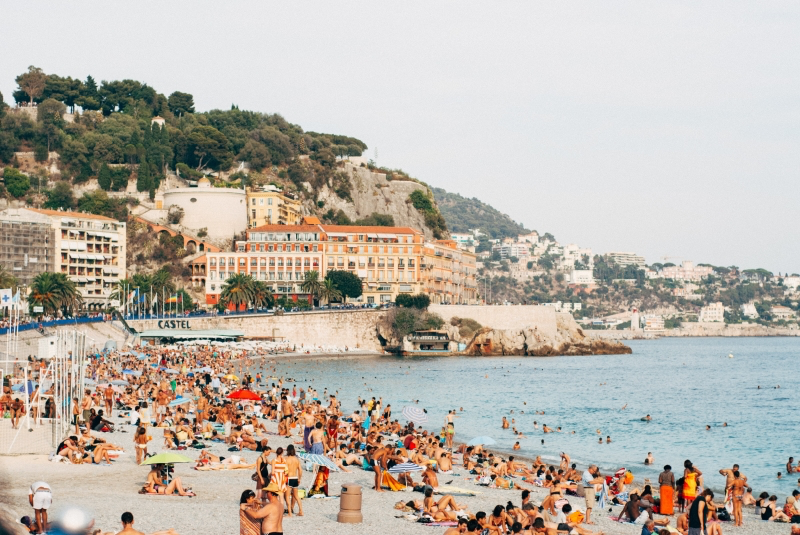
The Lay of the Land: How Sun and History Shape the Market
First thing’s first: you have to get a feel for the city’s layout. Nice is literally squeezed between the sparkling Mediterranean and the foothills of the Alps. This unique geography creates all these little micro-markets where one side of the street can be worth significantly more than the other.
Sun exposure is everything here. It’s not an exaggeration to say a south-facing apartment with a decent terrace can fetch a price 20-30% higher than an identical north-facing one just across the hall. People move here for the light and the lifestyle, and the market reflects that. It’s about more than just comfort; it’s about warmth and embracing that indoor-outdoor living.
The city’s history also plays a huge part in what’s available. The Belle Époque era was a massive construction boom, leaving behind a legacy of grand, ornate buildings in neighborhoods like the Musiciens and Carré d’Or. They’re beautiful, with huge rooms and incredible character. But… they come with their own set of challenges. Think original plumbing and wiring. Renovations can get expensive fast and often require specialists who know how to work with older materials without destroying the charm.

On the flip side, you have areas further west, like Fabron, which really developed much later. Here, you’ll find modern residences loaded with amenities like pools, underground parking, and big terraces. They offer incredible convenience, but the construction quality can be a mixed bag. A deep dive into the building’s maintenance history is an absolute must.
My Professional Walkthrough: What I Look for Beyond the Brochure
When I step into a property, my senses go on high alert. I’m not looking at the furniture; I’m trying to gauge the building’s overall health. Here are the things I check that most people miss.
The Common Areas: Your first clue is the building’s entrance. Is it clean? Are the mailboxes intact? A shabby entrance often points to a poorly managed co-ownership (what the French call a copropriété). I always look for water stains on the ceilings in the stairwell. Oh, and I pay close attention to the elevator. If it’s old and jerky, that could signal a massive upcoming expense for all the owners—sometimes upwards of €10,000 per apartment for a full replacement.
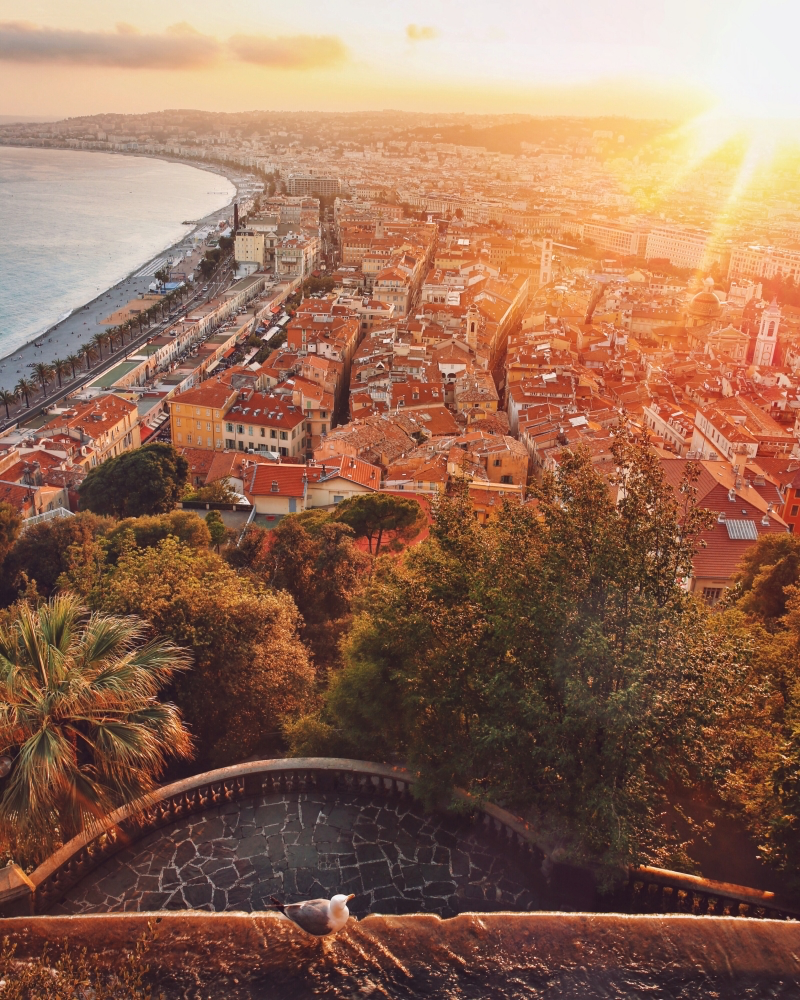
Inside the Apartment: The first thing I sniff out is humidity. Peeling paint at the bottom of walls or a musty smell (especially on the ground or top floors) is a major red flag. Water infiltration is a nightmare to fix. Next, the windows. Are they single or double-glazed? Single glazing is common in older buildings and means you’ll be hearing your neighbors and paying a fortune in heating bills. Heads up: replacing windows in a historic building isn’t simple and usually requires a vote from the co-ownership.
The Paperwork Trail: Your Secret Weapon
In France, the seller is legally required to provide a thick file of technical reports called the Dossier de Diagnostic Technique (DDT). Please, do not dismiss this as boring paperwork. This file is your crystal ball. It includes:
- Energy Performance (DPE): This grades the apartment’s energy efficiency from A to G. A bad rating like F or G means sky-high energy bills. A G-rated apartment could easily cost you an extra €150-€200 a month in winter heating compared to a C-rated one. Plus, there are new laws that may restrict renting out the least efficient properties.
- Asbestos (Amiante): A required test for any building constructed before the late 1990s. Finding it isn’t always a deal-breaker, but it means any future renovations will be way more complicated and expensive.
- Lead (Plomb): Checks for lead paint, which was common in buildings from before the mid-20th century. This is a serious health concern, especially if you have kids.
- Risks and Pollution (ERP): Details any natural risks like flooding or seismic activity. Given Nice’s location, this is one to read carefully.
By the way, the most important document of all isn’t even in that file. You have to ask for it. Always, always insist on reviewing the last three years of the co-ownership’s annual meeting minutes (Procès-verbaux d’Assemblée Générale). This is where the real secrets are hiding. You’ll see disputes between neighbors, planned works (like a new roof or facade), and the building’s financial health. I once helped a client dodge a bullet by spotting a multi-year fight over a failing roof, which would have cost our buyer an extra €20,000.
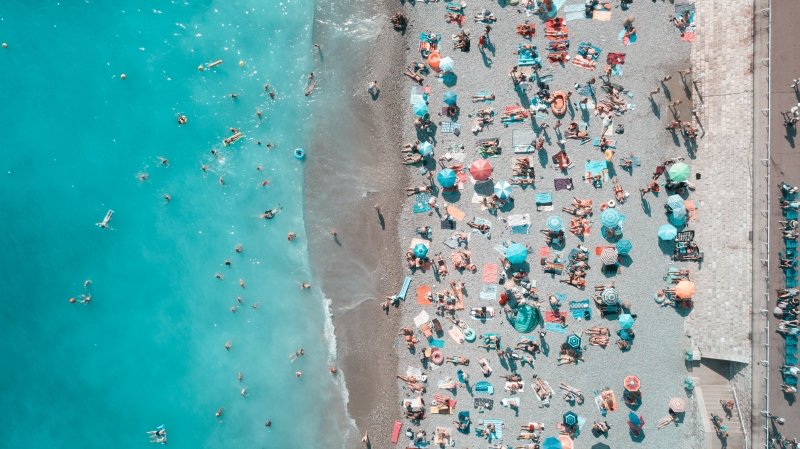
Quick tip: In those minutes, look for the terms ‘Appel de fonds pour travaux’ (call for funds for works) to see what big repairs are coming. Also, keep an eye out for ‘procès-verbal,’ which often indicates a legal dispute involving the building.
A Tour of the ‘Quartiers’: Finding Your Niche in Nice
Nice is really a collection of villages, each with its own vibe. Finding the right one is all about matching it to your lifestyle and budget.
For the Urbanite: Carré d’Or & Musiciens
This is the glamorous heart of the city, right behind the famous Promenade des Anglais. It’s bustling with high-end shops and restaurants. The properties are mostly apartments in magnificent Belle Époque or Art Deco buildings. It’s perfect for those who want to be in the center of it all and love that classic architectural style. But be prepared for a challenge with parking and a hefty price tag, often starting around €7,000 per square meter and climbing well over €10,000 for prime spots.
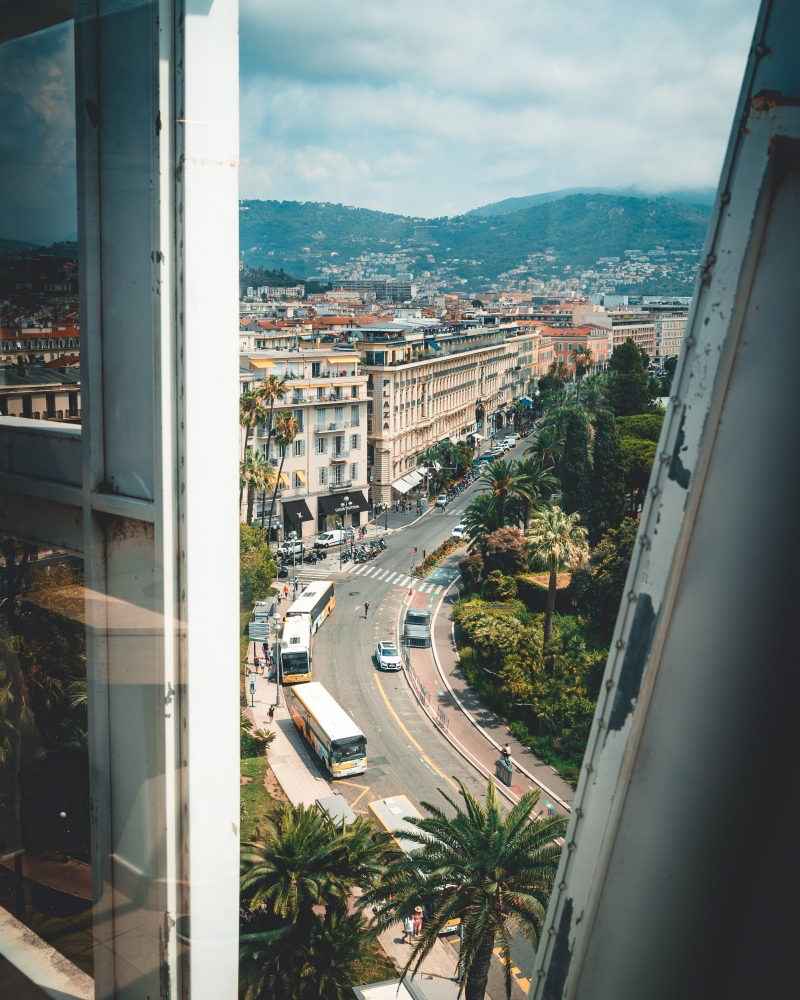
For the Trend-Setter: Le Port
The Port district has transformed into one of the trendiest spots in Nice. It’s got a grittier, more authentic feel with amazing restaurants, cool bars, and antique shops. You’ll find a mix of traditional Niçois buildings and some newer constructions. It’s ideal for young professionals and anyone who loves a vibrant, dynamic atmosphere. Prices here have shot up but are still a bit more accessible than the Carré d’Or, generally ranging from €6,000 to €8,500 per square meter.
For a Bit of Peace: Cimiez & Mont Boron
If you’re after tranquility, views, and prestige, the hills of Cimiez and Mont Boron are for you. Cimiez is known for its leafy, wide avenues and regal bourgeois palaces converted into spacious apartments. Mont Boron offers some of the most spectacular sea views in the city, with a mix of luxurious villas and high-end residences. This is a favorite for families and retirees. It’s quieter and requires a car for most errands, but the trade-off is space and serenity. Expect to pay a premium, with prices often in the €7,500 to €12,000+ per square meter range.
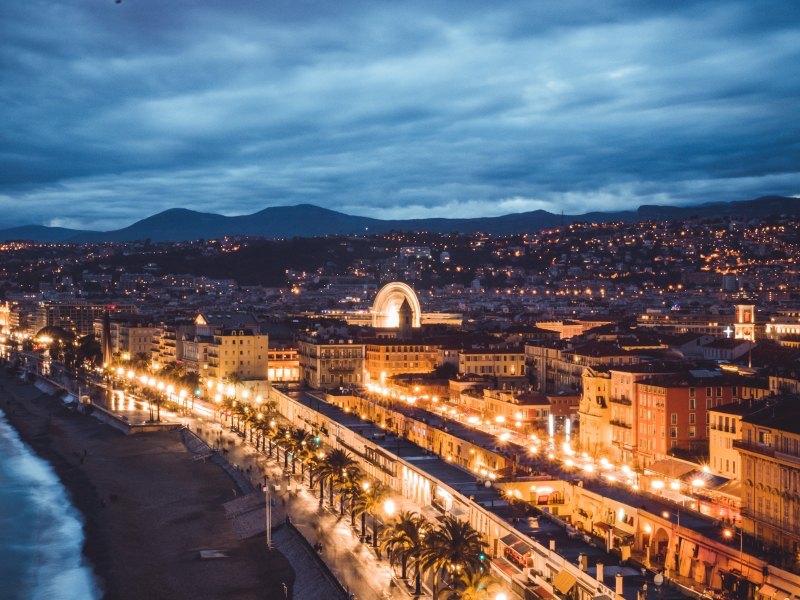
For a Village Feel: Libération
Just north of the main train station, Libération has a fantastic daily market and a real local, village-like atmosphere. It’s less touristy and more affordable, with a great mix of Art Deco buildings and traditional Niçois apartments. It’s perfect for those who want an authentic slice of Nice life and good value for their money. Prices here are more moderate, typically falling between €5,000 and €7,000 per square meter, making it a great entry point to the market.
The Buying Process in 5 Steps (The Short Version)
Navigating the French system can feel daunting, but it’s actually quite straightforward once you know the steps. Generally, the whole process takes about 2-3 months from the moment your offer is accepted.
1. *The Offer (Offre d’Achat): You make a written offer. Once accepted, you move to the next step.
2. The Preliminary Contract (Compromis de Vente): This is the big one. You and the seller sign a detailed contract, and you typically pay a deposit of 5-10% of the purchase price.
3. The 10-Day Cooling-Off Period: After you receive the fully signed compromis, you (the buyer) have a legal 10-day window to back out for any reason without penalty. The seller does not get this privilege.
4. Securing Your Finances: This is the period (usually 45-60 days) where you finalize your mortgage, if you need one.
5. The Final Deed (Acte de Vente): You meet at the notary’s office, sign the final papers, pay the balance, and get the keys. Congratulations, you’re a homeowner!
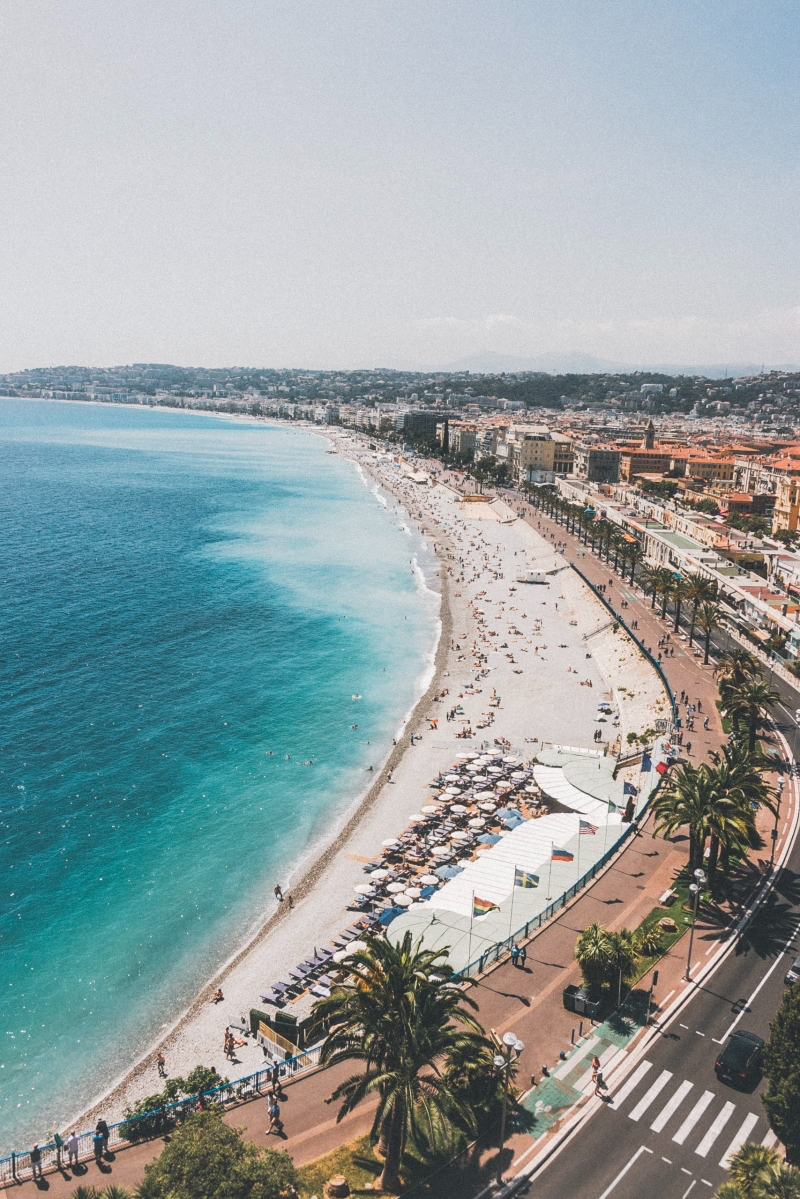
Don’t Forget the Hidden Costs!
Ah, the budget. A common mistake is only planning for the sticker price. To be frank, there are other significant costs you need to factor in. Here’s a quick rundown:
Notary Fees (Frais de Notaire): This is the biggest one. For older properties, it’s roughly 7-8% of the purchase price. It covers taxes, fees, and the notary’s own payment.
Agency Fees (Frais d’Agence): These are usually between 4-6% and are often included in the advertised price. A lesser-known trick: always ask the agent to confirm if the price is ‘FAI’ (frais d’agence inclus), which means the fees are included.
Annual Property Taxes: You’ll be liable for two main taxes. The Taxe Foncière is paid by the owner, and the Taxe d’Habitation* is paid by the occupant (though it’s being phased out for primary residences). Always ask the seller for copies of last year’s bills so you know what to expect.

So, buying in Nice is a huge and exciting step. It’s a city that offers an incredible quality of life. Just be sure to go into it with your eyes wide open, do your homework, and never be afraid to look beyond that perfect sea view.
Inspirational Gallery with Photos
The Syndic’s Secrets: Before you sign anything, demand to see the last three years of the procès-verbaux d’assemblée générale (the minutes from the co-ownership meetings). These documents are a goldmine of information. They reveal planned future works (and their cost!), ongoing disputes between neighbors, and the overall financial health of the building. A thin file is often a red flag.
The ‘Promenade des Anglais’ effect is real. According to the Chambre des Notaires, an apartment with a direct, unobstructed sea view can command a premium of up to 50% or more compared to a similar property just one street behind it.
Don’t just look up for sun exposure; look down for flood risk. Nice is prone to intense, sudden rainfall. Check if the property is in a zone covered by the PPRI (Plan de Prévention des Risques d’Inondation), especially in areas near the Paillon riverbed or in lower parts of the city. This can impact your insurance and peace of mind.
What about the dreaded French property taxes?
Two key taxes to budget for are the taxe foncière (paid by the owner) and the taxe d’habitation (paid by the occupant, though it’s being phased out for primary residences). The taxe foncière in Nice can be substantial. Always ask for the previous year’s bill to avoid a nasty surprise. It varies significantly based on the neighborhood and the apartment’s size, not just its price.
When renovating a Belle Époque gem, the goal is enhancement, not erasure. Think about restoring the original tomettes (terracotta floor tiles) rather than covering them. Specialized companies can gently sand and reseal them. For walls, consider paint brands like Farrow & Ball or Little Greene, whose heritage palettes and chalky finishes beautifully complement the old plaster and intricate ceiling mouldings (moulures).
Single Glazing: Often found in historic buildings to preserve the original look. Offers poor thermal and acoustic insulation. You’ll feel the winter chill and hear every scooter on the street.
Modern Double Glazing (Double Vitrage): The standard for comfort. Brands like Tryba or K-Line offer slim-profile aluminum frames that can mimic older styles while drastically reducing noise and energy bills. A non-negotiable for apartments on busy boulevards.
- A purchase price well below market value.
- No mortgage to obtain from the bank.
- Significant tax advantages.
The secret? Exploring the ‘viager’ market. This typically French system involves buying a property from an elderly owner who retains the right to live in it. You pay a small upfront sum (the ‘bouquet’) and a monthly annuity (the ‘rente’). It’s a long-term investment strategy that requires patience but can offer access to prime properties for a fraction of the immediate cost.
The air in a Niçois apartment tells a story. The best ones carry a faint, clean scent of sun-baked stone and a whisper of salt from the sea. Be wary of a persistent, musty smell, especially on the ground floor or rez-de-jardin. It’s a tell-tale sign of humidity issues (‘humidité’), a common foe in coastal cities. A good dehumidifier, like a model from Rowenta or Delonghi, is often a wise first purchase.
Did you know that Nice is one of the densest cities in France? This high density is a key factor in the resilience of its property market and explains the fierce competition for apartments with balconies or terraces.
This isn’t just a statistic; it’s a lifestyle driver. A small outdoor space isn’t a luxury, it’s a necessity for enjoying the 300 days of sunshine a year. It’s why a 5m² balcony can add more value here than an extra bedroom in other cities.
While the Carré d’Or remains the pinnacle of prestige, savvy buyers are increasingly looking to the Libération neighborhood. Centered around its bustling daily market and new tram line, it offers a more authentic, village-like atmosphere. You’ll find charming immeubles niçois with colorful shutters and a vibrant community life, often at a price point 15-20% lower than the more tourist-centric coastal areas.










